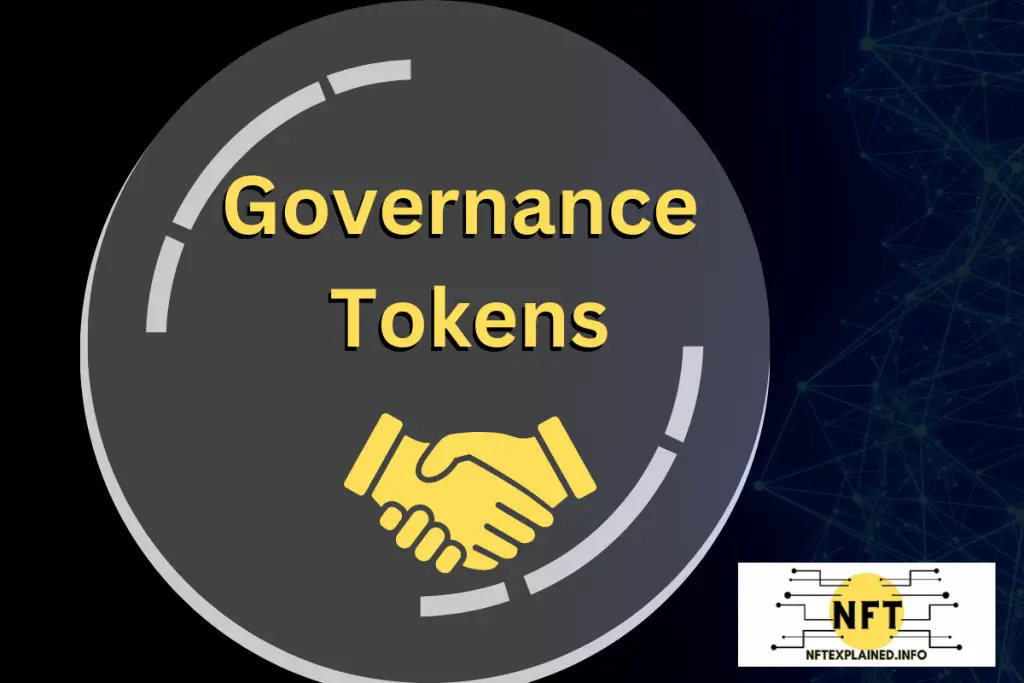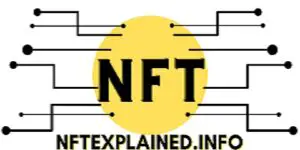
Decentralization is a core aspect of blockchain technology; governance tokens are a unique approach to making projects more decentralized. What exactly are governance tokens?
Governance tokens are a project’s token that serve as a way to vote on proposals that are on-chain – in order to facilitate change. Voting power is often denominated by the amount of tokens held and typically allows holders to create proposals that all holders of governance tokens can vote on.
Governance tokens serve as a form of utility in the sense that holders have a voice in the direction of a project. In order to deter bad actors, an investment must be made in order to accumulate governance tokens.
Conceptually, this is how stock ownership works for publicly traded companies; however, as a practical matter, holding shareholder votes via paper ballots is slow and exceedingly expensive.
Additionally, only the very largest of shareholders hold enough stock to sway the board to put a ballot measure in front of investors. The board often has voting rights that are far more impactful than holders of common stock.
Governance tokens are a unique way to make projects more decentralized and are becoming increasingly popular among recent projects.
Governance tokens provide real voting power relative to stock ownership (for publicly traded companies) as stockholders only have the right to vote on what is approved by the board and have little say.
Let’s further examine why governance tokens are unique.
Why Do Governance Tokens Matter?
Governance tokens provide a decentralized way to give voting power to holders/users in order to drive decisions regarding the direction of a blockchain or project. Governance tokens also increase transparency and allow for the general alignment of interest in vested stakeholders.
Holders of governance tokens typically purchase their tokens by joining the project’s decentralized autonomous organization (DOA); in order to join the DOA, an investment (token purchase) is made and governance tokens are therefore received.
Again, people who joined the DOA must have purchased or invested their own money to receive the governance token – making them vested in the project’s best interest.
DOA are governed by rules encoded into smart contracts and result in hierarchy no longer being needed. Hence – decentralized autonomous organizations.
Holders of governance tokens will likely have the project’s best choices in mind given that the success of the token is directly correlated to the success of the project, blockchain, or metaverse.
Additionally, the transparency of the proposals (which is the direction people want to go) is easily visible because it is recorded on the blockchain.
This brings our team to our next focus: the way projects are governed can happen in two distinct ways. These methods are off-chain and on-chain governance. Both models have benefits and drawbacks.
On-Chain Governance
On-chain governance is the process in which decisions are made directly by those holding the governance token; holders vote on proposals that impact the direction of a project. On-chain governance occurs directly on the blockchain, the model typically implemented by decentralized autonomous organizations.
The relationship between decentralized autonomous organizations and on-chain governance is a topic further explained in the coming section of our article.
Off-Chain Governance
Off-chain governance is governance of a project that typically occurs by decisions made by the founders of a project. Off-chain governance isn’t on the blockchain and is often accomplished via in-person meetings with core decisions made by the project’s developers.
An example of a widely known project that has off-chain governance is Ethereum; Ethereum is primarily led by Vitalik Buterin as he is the leader of the core development team and is able to drive decisions concerning the direction of the project.
That being said, Etherum is still a permissionless blockchain meaning anyone can build atop it and there are no rules for transactions (i.e. who can and can’t use the blockchain).
Ethereum uses the Ethereum Improvement Proposals (EIP) as one of the methods for ways people can propose changes to the blockchain. In order to create an EIP, the process includes addressing aspects like the core protocol specifications (and polls must be accepted). More on that here.
Off-chain governance has the downside of being more centralized in that developers have the vast majority of say; however, this comes with the benefit of a high level of confidence that there are no bad actors (unless the founders self sabotage).
This leads us to the next section of our article – a 51% attack.
Are Governance Tokens Susceptible To A 51% Attack?
Theoretically speaking, governance tokens are susceptible to a 51% attack, which is where more than half of the nodes are controlled by a single entity. If a bad actor had 51% of governance tokens, it could be possible for them to disrupt the typical decision making process of that blockchain.
Nodes are computers that run the given code of a blockchain and therefore provide the infrastructure of the blockchain; more on nodes and the different types of nodes will be linked here.
While a 51% attack is conceptually possible, it’s not highly plausible because someone would need to out hash 51% of the main network – this is why the proof-of-work consensus model was created.
Top application-specific integrated circuits (ASIC) cost approximately U.S. $20,000 and therefore accumulating that amount of hashing power is incredibly expensive.
For example with Etherum, which uses the proof-of-stake model, 51% of all Ethereum staked would need to be owned by a single person; this would be equivalent to owning more than nine billion dollars worth of Etherum.
Additionally, the consensus algorithm would likely notice the attack occurring and therefore delete the staked Ethereum and effectively put the attacker out of money.
Now that we have a strong fundamental understanding of governance tokens, let’s examine some widely known examples.
What Are Some Examples Of Governance Tokens?
Ethereum Name Service (ENS) is an example of a governance token as early adapters were airdropped millions of ENS given that they voted on the project proposals first. Decentraland’s token MANA is another prime example of a governance token as the DOA votes on decisions and proposals for the metaverse.
Airdrops are a topic our team has extensively covered – more on ways to receive free cryptocurrencies via airdrops will be linked here. With ENS, users who purchased a .eth name before a given date qualified to receive an airdrop under one condition.
This condition was that they voted on four of the articles from the protocol’s constitution. This is a unique example of the intersection of an airdrop and functioning governance tokens.
Our team has a full article on the .ETH phenomenon (and we should note our team personally owns NFTexplained.ETH); we will link our full explanatory guide on ENS here.
Another prime example is with Decentraland. Decentraland has a DOA run by holders of the token $MANA; holders get to collectively determine the direction of Decentraland’s future.
If you found our content helpful please consider following our team on Instagram, Twitter & TikTok! As well as subscribe to our YouTube!
Additionally, please consider supporting our team’s content creation through doing business with our partners: Buy a Ledger hardware wallet. Trade stocks & crypto on Webull – get 2 free stocks. U.S. users can get a crypto trading discount on Binance!

